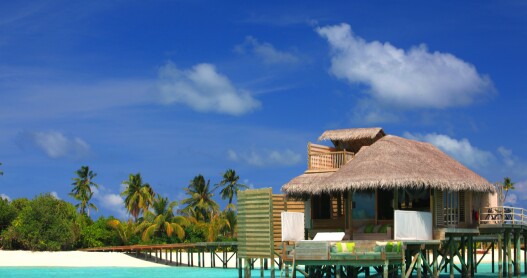Overview
When’s the best time to go to Vietnam?
Given Vietnam’s enormous length, it can be difficult to pick a perfect time of year if you want to visit the entire country with the southern and northeastern monsoons impacting different regions at different times of the year. The safest months, however, are in the fall (September to December) and spring (March and April). The north of the country, and the highlands generally, can be cold in the winter while lower areas can become sweltering hot, and wet, in the summer.
How to get around Vietnam
Vietnam’s train service is dependable if not glamorous, and a good way to travel the length of the country. The journey from Ho Chi Minh City to Hanoi takes about 30 hours in all, though you will most likely want to stop en route at Hoi An, Hue, Da Nang, or other cities along the coast. If you prefer the freedom of your own car, hotels and travel agents can assist with hiring one with a driver. Given the relative cheapness of taxis, there’s little need to attempt to navigate the public transportation systems of Vietnam’s cities.
Can’t miss things to do in Vietnam
The must-see sites in Vietnam includes its two major cities. Ho Chi Minh City (Saigon) is the bustling, brash and buzzing metropolis of the south, which even 40 years after unification remains the country’s economic powerhouse. Hanoi, in the north, is the country’s capital and relatively more sedate. It has also managed to preserve more of its historic districts and buildings. Halong Bay is a can’t-miss-sight not just for Vietnam, but for the world generally. The UNESCO World Heritage Site has thousands of islands and karst formations that create an otherworldly seascape. Vietnam’s smaller cities like Hoi An and Hue provide relaxed and atmospheric counterpoints to the country’s metropolises and compared to the other parts of Southeast Asia, many of Vietnam’s beach resorts have yet to be overwhelmed by mass tourism.
Food and drink to try in Vietnam
In recent years, Vietnamese cuisine has made inroads around the world, with pho, banh mi, and other dishes are now familiar to diners far from the country. Given that Vietnamese cooking emphasizes fresh ingredients, however, there’s no comparing a banh mi served in Brooklyn or Berlin to one prepared using cilantro from a stand’s own garden and fish straight the sea. In Vietnam’s major cities, you’ll find a range of international restaurants and whether you are in the mood for pasta, sushi, or Chinese noodles, you won’t go hungry. The French influence in Vietnam extends to its food, and you’ll find excellent baguettes and pastries throughout the country.
Culture in Vietnam
Many of Vietnam’s cultural highlights are architectural: the Champa ruins at My Son; the 16th-century buildings of Hoi An, reflecting Japanese and Chinese influences; and boulevards, churches, and theaters constructed by the French and found throughout the country, though many are increasingly threatened by development. There are, however, other cultural highlights from water puppetry performances to the textiles and crafts created by Vietnam’s indigenous peoples.
Guide Editor
Singapore-based writer Sanjay Surana has traveled extensively in Vietnam and throughout Southeast Asia.








